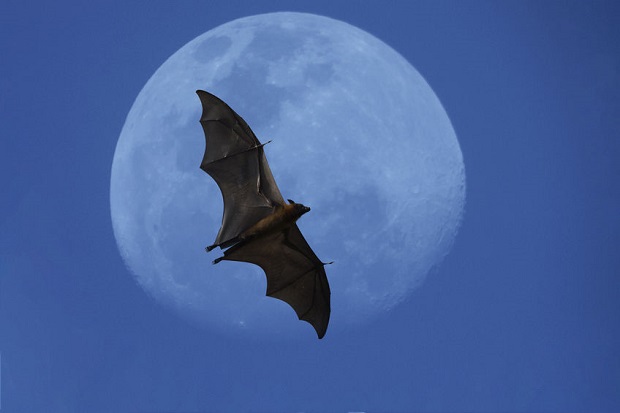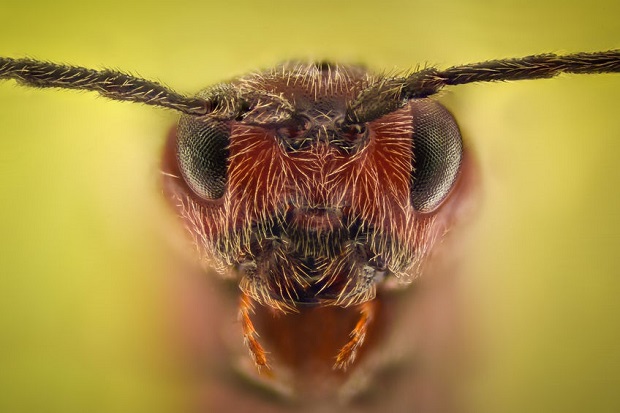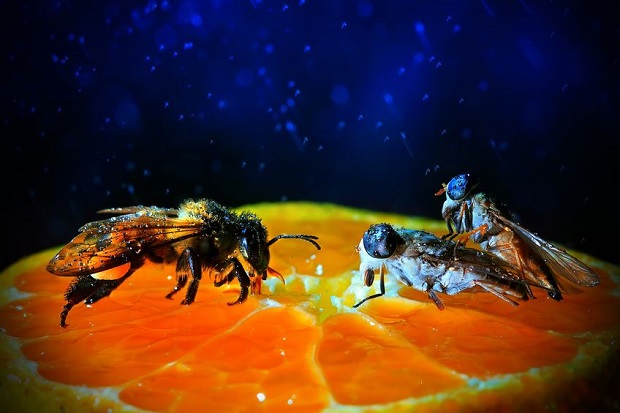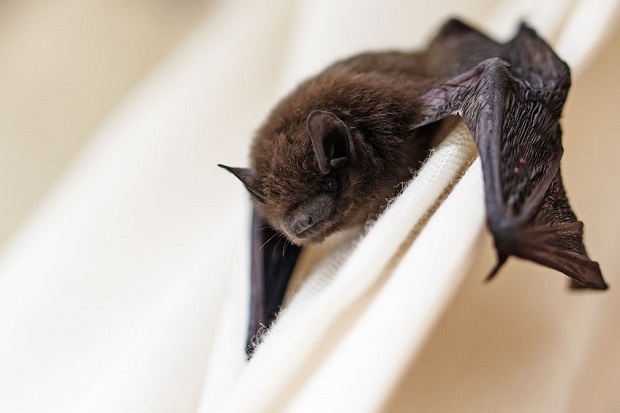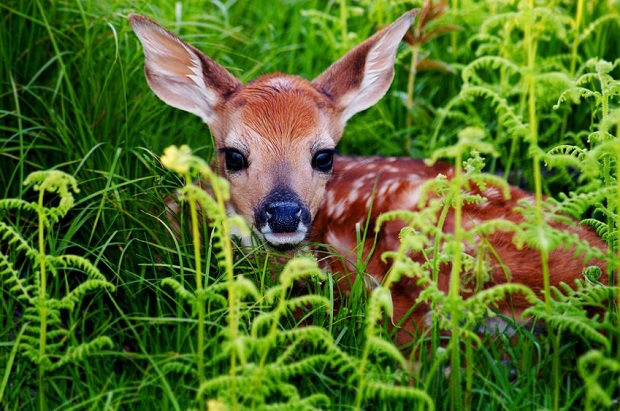
Are Deer Colorblind?
Deer are colorblind. White-tailed deer (Odocoileus virginianus) possess keen senses of smell, hearing, and eyesight; however, they cannot recognize some colors. In this way, they are just like human beings who are red-green colorblind. Deer are dichromats, which means their retina’s color-detecting cone cells contain two visual pigments, which are sensitive to blue and some green colors. In comparison, normal humans are trichromats; they possess retina color-detecting cone cells that contain pigments sensitive to blue, green, and red colors.
The Visible Light Spectrum
Light beams can have a wide variety of wavelengths. Some of these can be seen by our eyes, and some cannot. Your eye interprets the differences between visible light wavelengths as colors. As wavelength increases or decreases, the apparent color changes. A useful mnemonic device for remembering the color spectrum’s order is found in the abbreviation ROYGBIV. This abbreviation stands for Red, Orange, Yellow, Green, Blue, Indigo, and Violet.
A Deer’s Vision
A deer’s eye can accurately perceive mid-range greens and blue colors. Though they can able to distinguish reds from blue, they cannot identify red, orange, or some greens as different from white. The biology of their eyes prevents them from doing so. This is why hunters are encouraged to wear orange or red clothing.
Resources:
- “DNR – White-tailed Deer (Odocoileus virginianus).” SOM – State of Michigan. N.p., n.d. Web. 31 Oct. 2012. <http://www.michigan.gov/dnr/0,1607,7-153-10370_12145_12205-56904–,00.html>.
- Department of Energy Office of Science: Sight of Deer (“Sight of Deer .” NEWTON, Ask a Scientist at Argonne National Labs!. N.p., n.d. Web. 31 Oct. 2012. http://www.newton.dep.anl.gov/askasci/bio99/bio99613.htm
